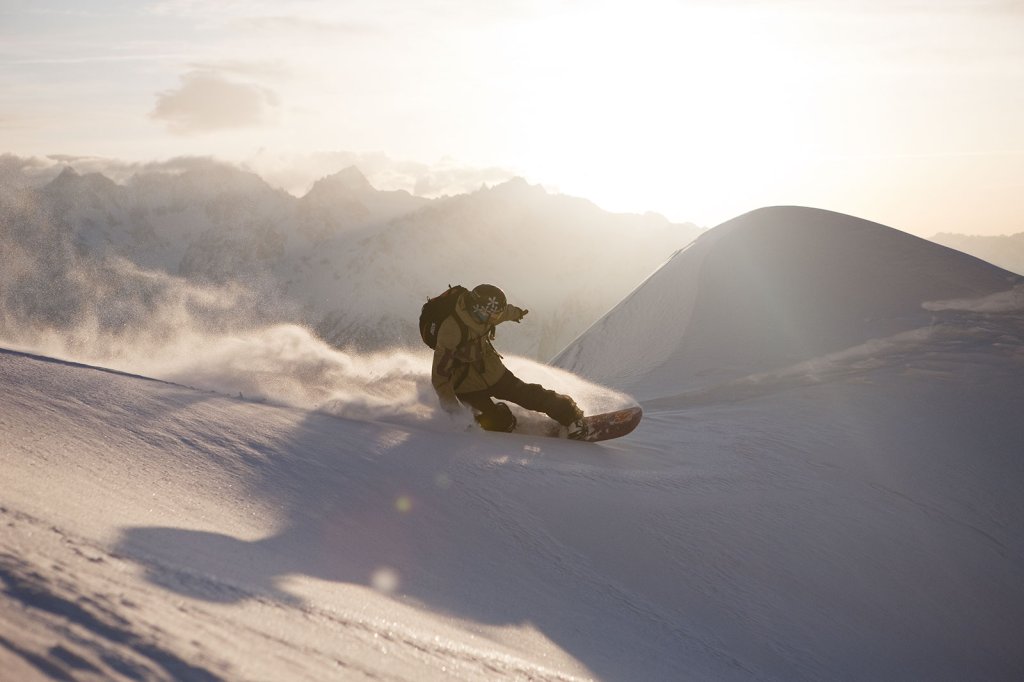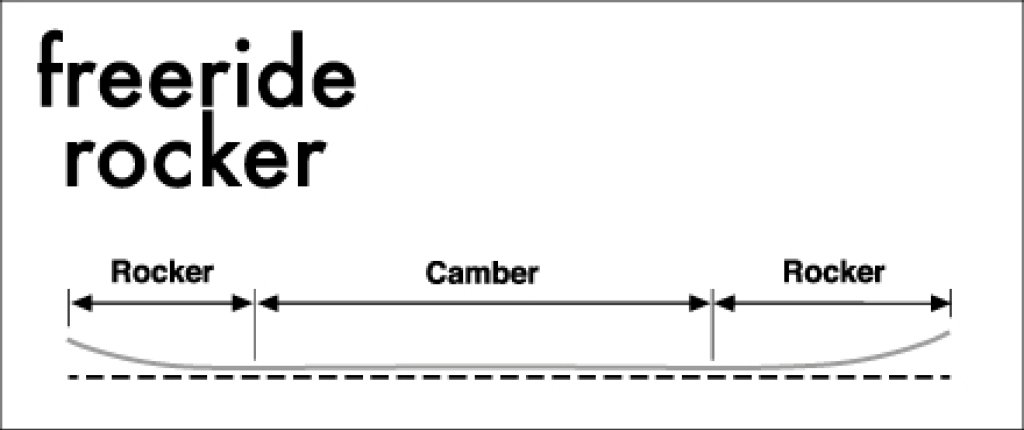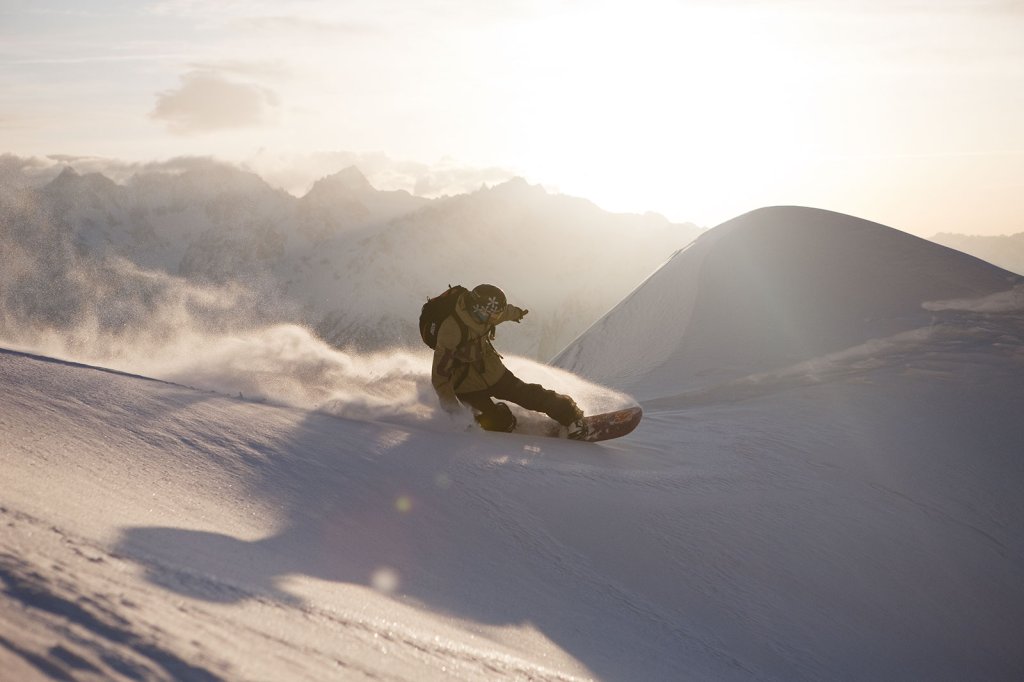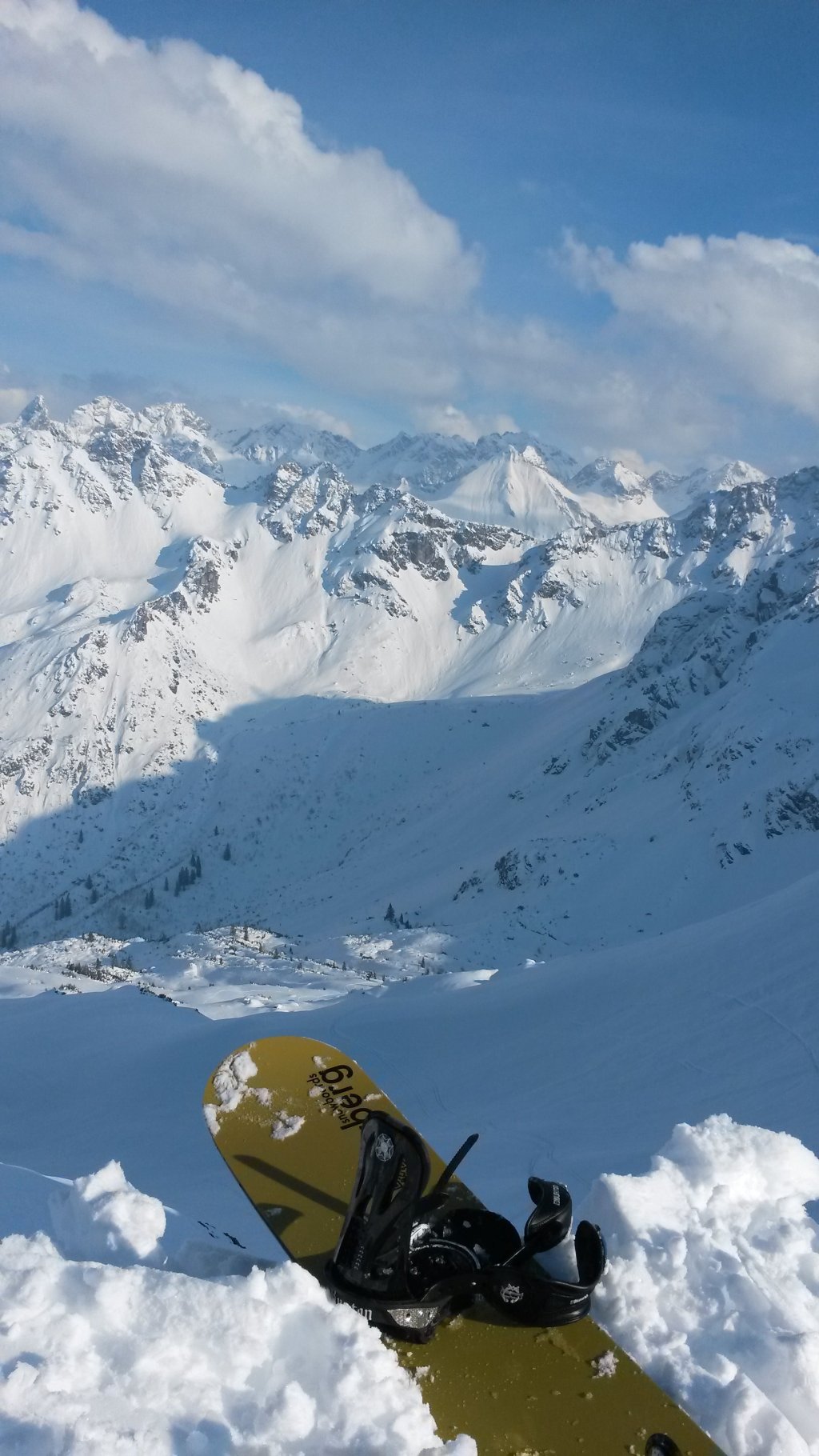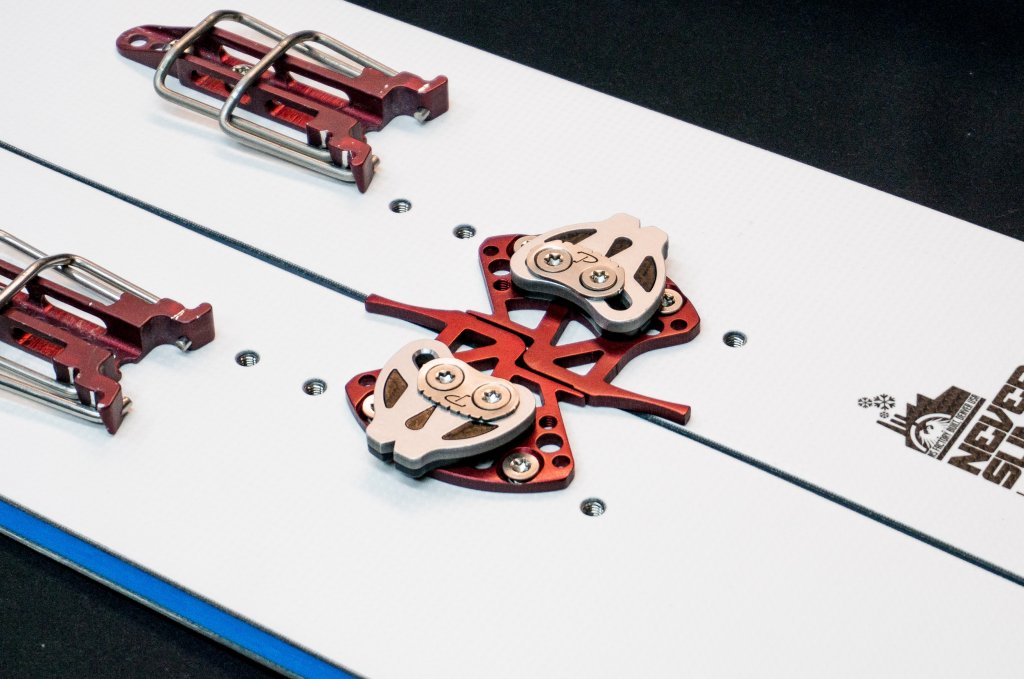Anyone with a passing knowledge of scientific theory will be familiar with Thomas Kuhn's groundbreaking study on the development of new scientific directions - which has also become commonplace in everyday language under the heading of "paradigm shifts". These changes in doctrine do not necessarily come from the big institutions/players, but from lateral thinkers who consistently pursue their own theory. This is roughly the case with Furberg Snowboards - a so-called "early adopter" of a new design concept on the part of snowboard manufacturers.
But first things first
Sometime in 2011, maybe even 2012, I came across the snowboard brand "furberg" via a forum entry in an English-language internet forum. It was and is named after its founder Daniel Furberg, an experienced freerider and engineer who was no longer able to push through his shape ideas with his board sponsor at the time. It bothered Daniel that relevant, significant developments from the freeski sector - large radius, rocker, taper - did not find their way into the snowboard world, or only very hesitantly. Yet these improvements in the freeski sector had already heralded a paradigm shift years earlier. Wide radii reduced blending in difficult conditions and significantly improved straight-line skiing - the radius, on the other hand, has no significance for the turn size in deeper snow - just as a tapered nose and tail improved the handling of the board. Various ski manufacturers, from McConkey's Volant Spatula to current models from a wide range of manufacturers, have proven that these changes can bring significant improvements in off-piste skiing. Despite all this, the snowboard world was reluctant to introduce the innovations, although a reciprocal exchange of technology has long been a common principle in the winter sports world with changing directions, sometimes from the snowboard to the ski business, sometimes the other way around. Think of steel edges, radius, inserts, rocker or even Ptex bases.
Daniel Furberg wanted to use these advantages in shape for snowboarders too, but he was unable to convince his sponsor at the time. Instead of giving up on his ideas, he founded his own snowboard label - furberg snowboards - in 2009 with the modest goal of developing the best freeride boards in the world. A goal that - to anticipate - he has come a good deal closer to achieving.
Hard facts: Testers and conditions
The Furberg with a length of 167 cm was tested by me (173 cm, with clothes and backpack approx. 75 kg) for over a year in a wide variety of conditions. From rutted valley runs in spring to slush, powder and, of course, the obligatory rock-hard north-facing slopes in high winter, everything was included. In contrast to today's version, the board back then did not have a slight camber between the bindings. The board is currently available in sizes 152 and 156 (women's version, same shape, different color) and 160, 164, 168, 172 cm as men's version. Apart from the women's versions in 152 and 156 (14 m radius), the boards have an 18 m radius, which is roughly double the standard radius of more or less 9 m in the snowboard industry. The boards are also available as splitboards in the same sizes. In terms of weight, the boards can be found in the middle of the market both as solids and in the split version. However, it should be noted that both the edge thickness (material thickness) and the base are above the industry average according to the manufacturer's specifications. This can be subjectively confirmed, no stone has yet reached the wood - but maybe I'm just too slow or too light, or maybe even both ;)
The first impression
As soon as you get on the lift, the other snowboarders look at you with heightened interest. Most people have probably never seen a shape like this before. Even from a first-person perspective, the view of the board was unusual, quite wide in the middle, the nose and tail relatively narrow, well, it'll be fine. On the slopes, it was an extremely unfamiliar feeling. The board was very easy to turn, but the braking effect of the drifted turns was enormous. It was perhaps comparable to getting into a BMW 5 Series for the first time instead of a well-worn Golf 3 Series and hitting the brakes with the same intensity as you were used to in the Golf. In other words, you need a significantly different feeling in the brake pedal. You feel the same way with the Furberg on the track. Due to its large radius, it has a massive amount of grip, which transfers an unexpected amount of force to the rider on flatter slopes. If only you had done more squats... Off-piste, the feeling is completely different. The board floats excellently, turns very well and intuitively does what you ask of it.
Riding behavior
After many days with different conditions on the board, the hypotheses that the board design promised can be fully confirmed. The board rides very easily and intuitively in any type of deeper snow (including 5 cm of firn), can be turned on a dime and has very good straight-line stability. As the radius in off-piste snow has no significant importance for the turns, the board has delivered exactly what the design promised in theory. Chapeau.
The theoretical assumptions - which in this case are limitations - are also fulfilled on the piste. Daniel Furberg has always emphasized that his board is not a board with which you can have the best carving experiences of your raceboard life, but a board that has been specially designed for "off-piste" conditions. I can only agree with that. The Furberg is a jack-of-all-trades in the off-piste area, you can ride it on the piste, but there are clear limits. I like the board best on-piste when it's either very slushy (spring conditions) or on rutted, icy valley runs. In slushy conditions, the board shows off its maneuverability and buoyancy, and I've never been so confident on the edge in rutted terrain, thanks to the extra grip. On the other hand, hard groomed carving slopes on medium gradients are a real workout for the thigh extensors and very tiring in the long run, there are certainly better boards for this, but - to be fair - that's not what it was designed for.
Stability
The stability of the board is certainly above average. In the meantime, a lot has been done in terms of both the base and edge thickness compared to the tested board. Furberg clearly focuses on a stable product and does not sacrifice this idea on the altar of weight optimization. Daniel Furberg also has a clear opinion on the use of carbon for weight optimization, which shows that environmental considerations also play a role in his thinking.
"We have been experimenting with carbon on prototypes. But for solid boards it is not interesting at all. The riding performance of a fiberglass board is much better and the environmental impact is considerably smaller. It could maybe be interesting for a light weight version of the Freeride Split, for those who value easy skinning higher than riding performance. We'll see."
The split version
Last spring, I had the opportunity to test last year's splitboards from Furberg on two tours. The good off-piste riding characteristics were once again confirmed in the splitboard version. On the ascent you had a good grip on the one hand, to which the changed board design (light camber instead of flat under the bindings) certainly contributed. However, I have no experience with the pre-design as a splitboard version.
I noticed that due to the large radius, the ski edges are significantly "straighter" and therefore you get stuck less in old ascent tracks. In addition, a straighter edge is welcome in tougher conditions to hit steps.
Conclusion
As far as I know, the Furberg is the first board that has really been designed exclusively for off-piste usability. For the first time, the innovations of recent years in the ski sector have been used consistently and not just individual aspects such as taper or rocker. After a short familiarization phase, the board actually performs as promised in all off-piste conditions. On-piste it can be ridden properly - but it is not suitable for extreme carving.
Advantages and disadvantages
+ Good directional stability, little tendency to snow
+ Good traversing properties
+ Very maneuverable
+ Floats well
+ Very good edge grip in steep, icy terrain
- Carving on pistes is not its strong point
- Online sales - There are no stores where you can take a look at it.
Information
Price: Freeride: 499 euros, split version: 799 euros
Attention: Until November 20, all solid boards are available for 10% less!
Sizes:
